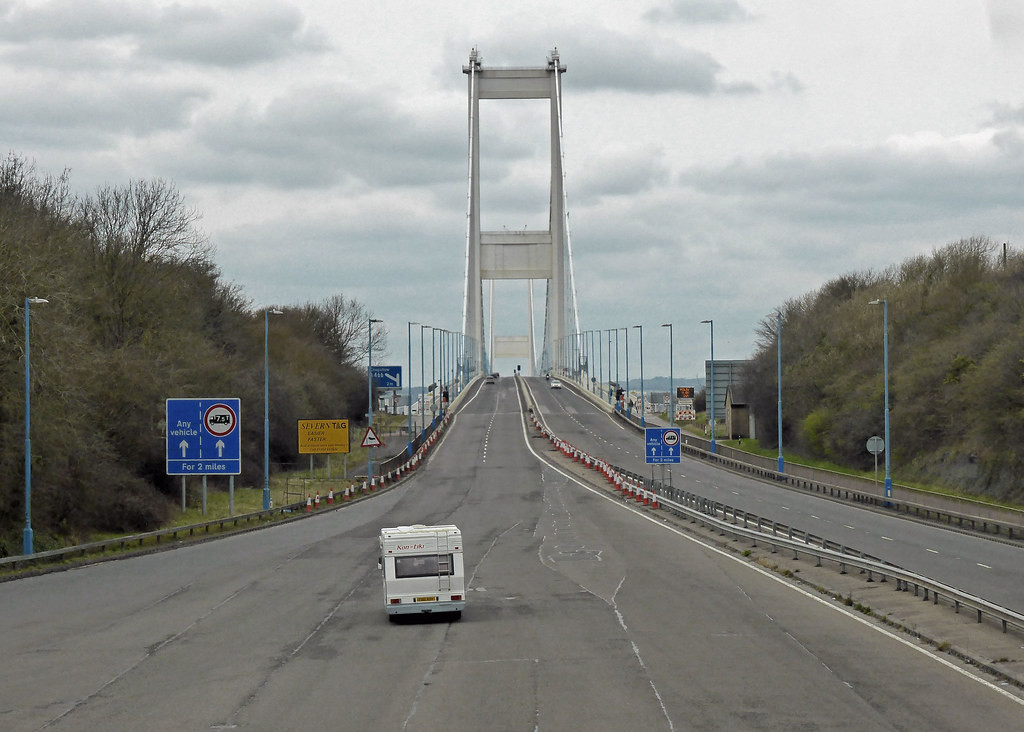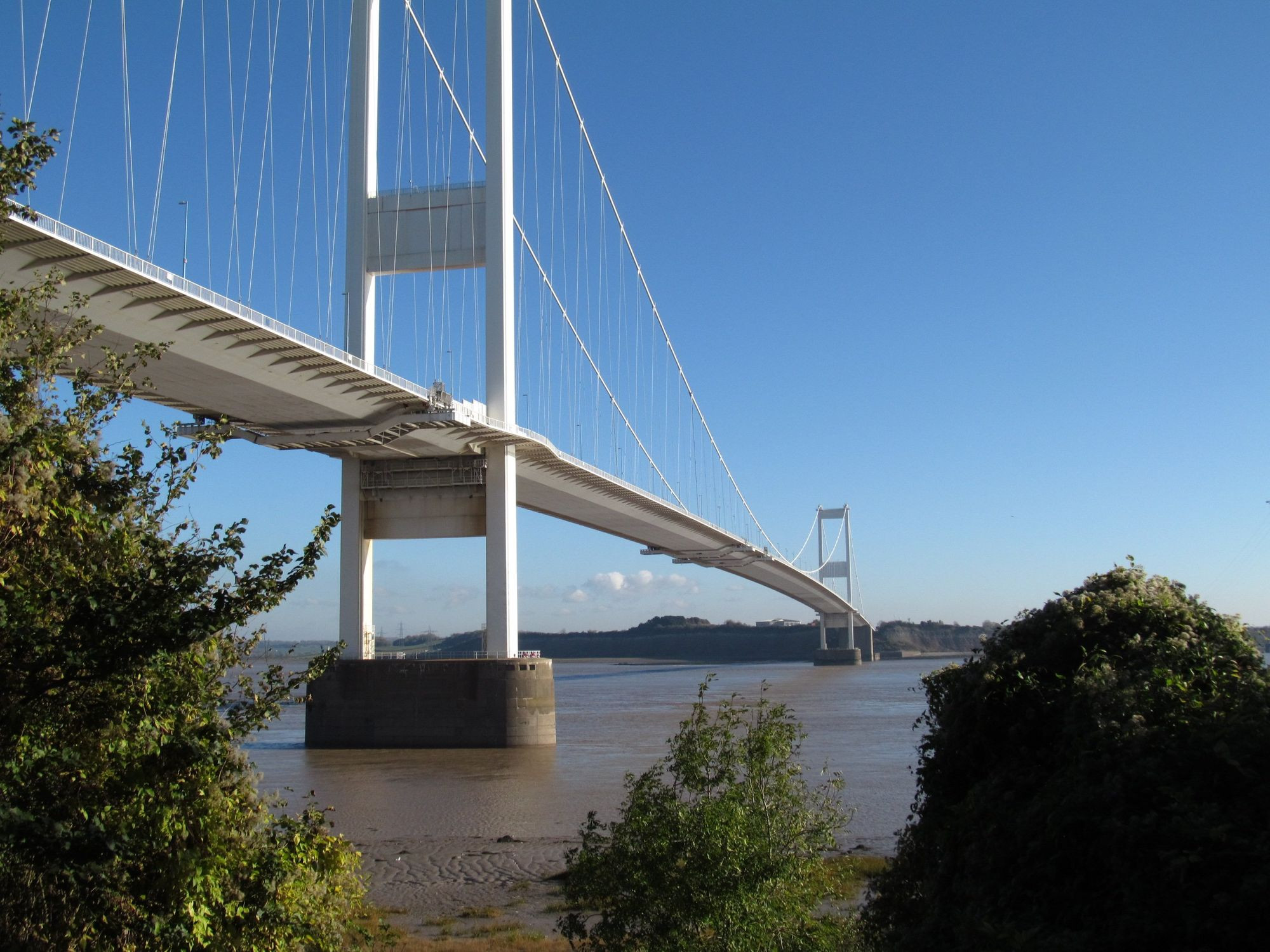M48 Severn Bridge Closure Causes Major Traffic Disruption
A significant incident unfolded this morning on the M48 Severn Bridge, a vital artery connecting England and Wales, impacting the daily commute of an estimated 80,000 drivers. The bridge, a busy motorway route, experienced a complete closure in both directions during peak rush hour due to exceptionally high wind speeds, reaching close to 50 mph. This unexpected closure led to widespread travel disruption and significant delays across the region.
Severn Bridge Closure: Safety First
The decision to close the M48 Severn Bridge was primarily driven by safety concerns. A spokesperson for National Highways emphasized the organization's commitment to public safety, stating, "Our number one priority is that everybody stays safe, whether they're a member of the public or part of our workforce." The Severn Estuary’s unique geography funnels strong gusts of wind across the bridges, posing significant hazards to vehicles, particularly high-sided vehicles. The M48 Severn Bridge, being an older structure, lacks the wind barriers present on the newer M4 Prince of Wales Bridge, increasing the risk during high winds. Consequently, National Highways implemented a temporary closure to mitigate potential accidents and ensure the safety of road users.
Wind Speeds and Closure Protocols
National Highways has established stringent protocols for bridge closures during periods of high winds. When gusts are predicted to exceed 40 knots (46mph), the M48 Severn Bridge is closed to all traffic until wind speeds subside. The closure remains in effect until the threat has passed, ensuring the safety of both drivers and the bridge itself. If even more extreme conditions prevail, such as wind speeds surpassing 70 knots (80mph), both the M48 Severn Bridge and the M4 Prince of Wales Bridge are closed as a precautionary measure.
Impact and Diversion Routes
The sudden closure of the M48 Severn Bridge resulted in significant traffic congestion. National Highways swiftly implemented diversionary routes, guiding traffic toward the M4 Prince of Wales Bridge using the M5, M50, A40, and A449. However, these diversions quickly became overwhelmed, leading to extensive tailbacks and delays on the M4 between Bristol and Wales. National Highways traffic maps clearly showed the backlog of vehicles on the Prince of Wales Bridge, with traffic camera images revealing the extent of the queues between junctions 23 and 28. Traffic monitoring systems, such as Inrix, reported "severe delays" and significant congestion in both directions.
The Role of Weather Warnings
The M48 Severn Bridge closure occurred in conjunction with a Met Office yellow weather warning for wind. This warning, issued to western areas of Wales, alerted residents and motorists to expect strong gusts of up to 65mph. The Met Office's warnings highlighted the potential for widespread travel disruption, impacting road, rail, air, and ferry services. The combination of the weather warnings and the ensuing strong winds underscored the necessity for proactive measures to ensure public safety. The agency also stated that "Some delays to road, rail and air transport are possible." While the weather warning was specific to some areas, the impact of the strong winds was felt throughout the region.
A Tale of Two Bridges
The contrast in responses to high winds between the M48 Severn Bridge and the M4 Prince of Wales Bridge highlights the significant advancements in bridge design and safety measures. The Prince of Wales Bridge, a newer structure, is equipped with barriers specifically designed to reduce the impact of strong winds, allowing it to remain operational during conditions that necessitate closure of its older counterpart. This incident serves as a reminder of the critical role that infrastructure design plays in ensuring safety and minimizing disruption during adverse weather conditions. The wind barriers of the newer bridge prove invaluable, allowing it to withstand the harsh winds that often close the older Severn Bridge.
Looking Ahead: Navigating Future Storms
The disruption caused by the M48 Severn Bridge closure underscores the importance of effective communication, well-defined emergency protocols, and responsive infrastructure management. While the closure was unavoidable due to safety concerns, the incident serves as a valuable learning opportunity for improving future emergency response and mitigating disruptions during inclement weather. Continuous monitoring of wind speeds, along with proactive communication to motorists, will be essential to minimize future disruptions. Furthermore, ongoing investment in infrastructure improvements and the implementation of advanced weather forecasting systems are key to optimizing road safety in the face of unpredictable weather events. The experience will no doubt contribute to the refinement of emergency response plans and enhance the resilience of critical transportation infrastructure.
The M48 Severn Bridge has since reopened, and traffic has returned to normal flow. However, this event serves as a potent reminder of the unexpected challenges that can arise and the proactive measures necessary for safety during adverse weather conditions.



















